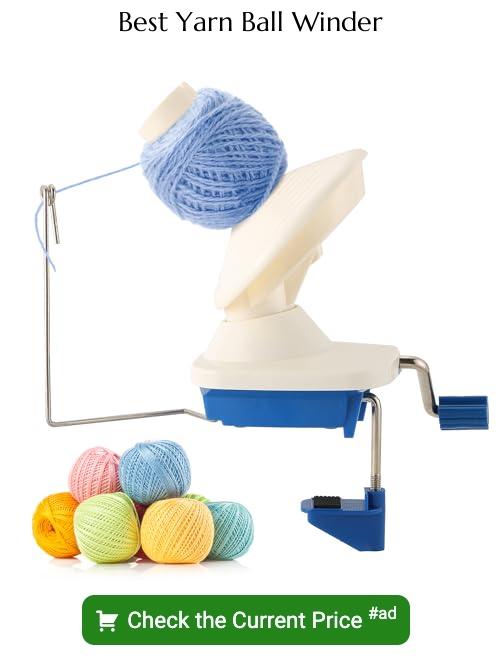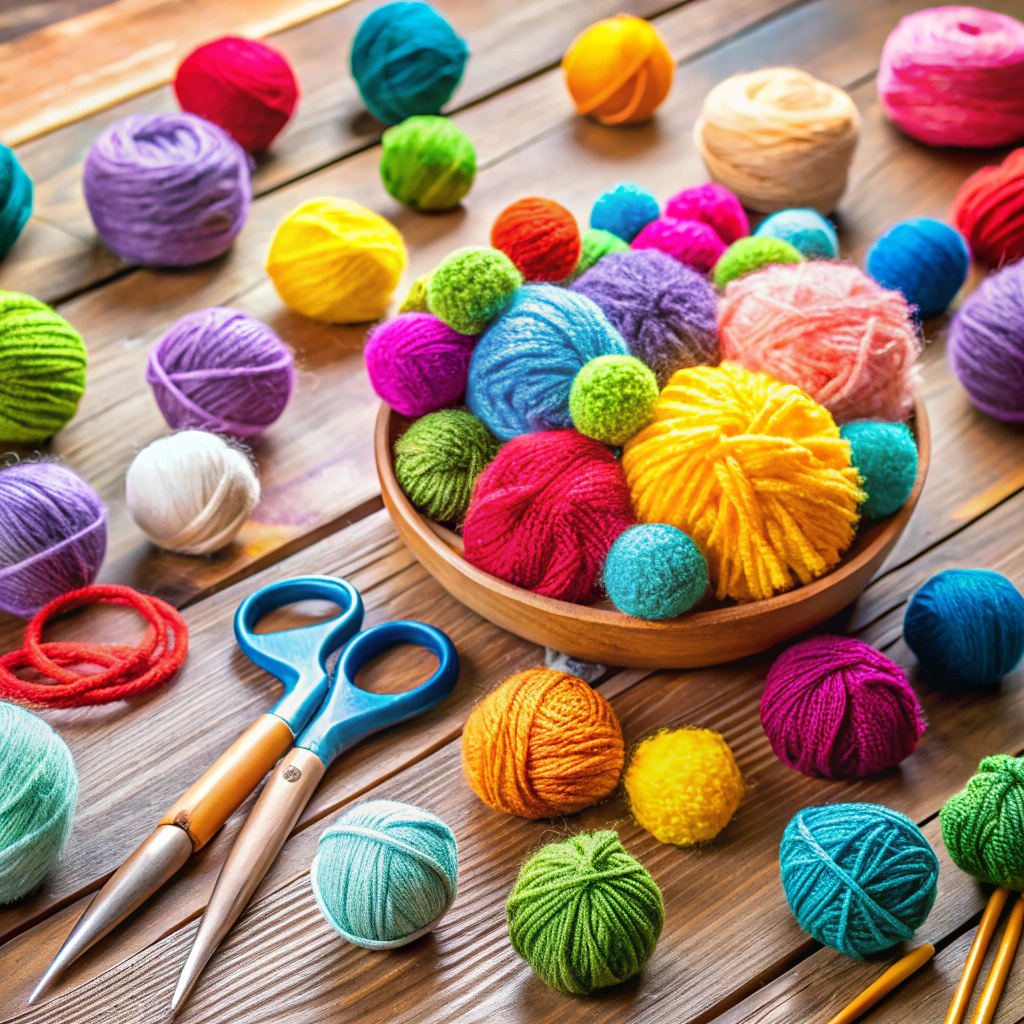Untangling the art of crochet becomes simpler because this article offers practical tips on how to keep yarn from twisting while crafting.
Keeping your yarn from twisting while crocheting can significantly enhance the quality of your work and make the process more enjoyable. This is achieved by employing a few simple techniques such as maintaining a proper yarn tension, using a yarn bowl or bag, or even utilizing a yarn swifter. These methods not only prevent your yarn from twisting but also help in maintaining an organized workspace.
Throughout this article, you’ll find a comprehensive guide to these techniques, including step-by-step instructions and recommendations for the best tools to use. This will ensure your crocheting experience is smooth, efficient, and most importantly, twist-free.
Key takeaways:
- Maintain tension for control, don’t let yarn twist
- Choose right tools: hook size, material, yarn bowl, swifts
- Techniques: maintain tension, use yarn bowl, work from skein, relax hands, switch turns
- Invest in high-quality yarn
- Clean tools, smooth hooks, organize, match hook size with yarn weight
Understanding Why Yarn Twists While Crocheting
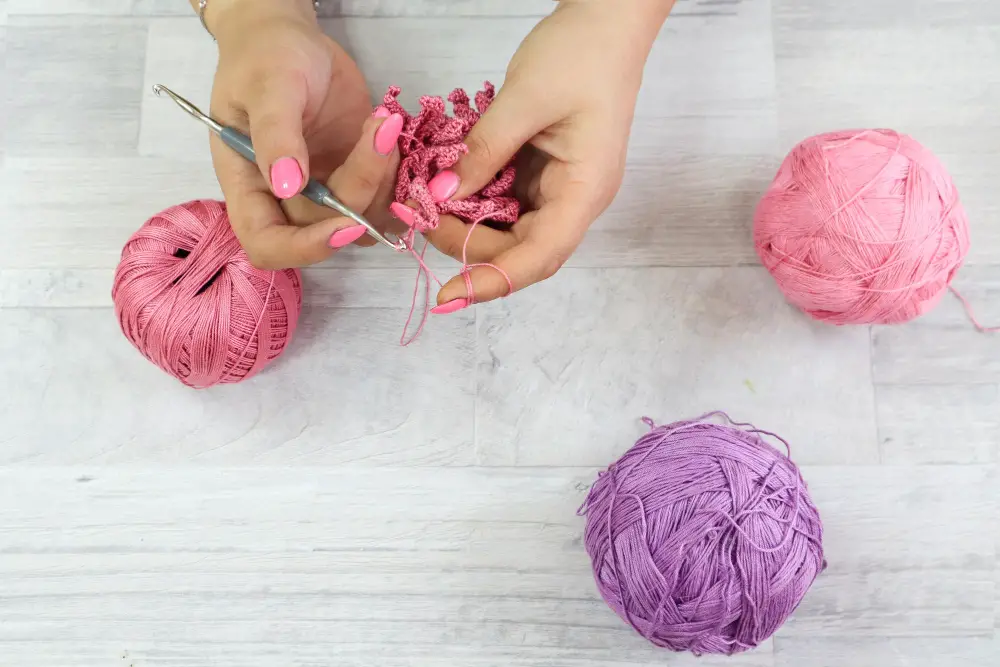
Often, the twisting issue arises due to the natural properties of yarn. When it’s spun, it retains certain tension that can cause curls or twists when released. This is more noticeable in single-ply or loosely plied yarns.
Secondly, the way crocheters holds their yarn may contribute to it twisting. Some crocheters inadvertently add twists when yarning over, which over time, leads to excessive twisting of the yarn.
Understanding these aspects can help in managing and preventing the problem.
Choosing the Right Crochet Tools to Prevent Yarn Twisting
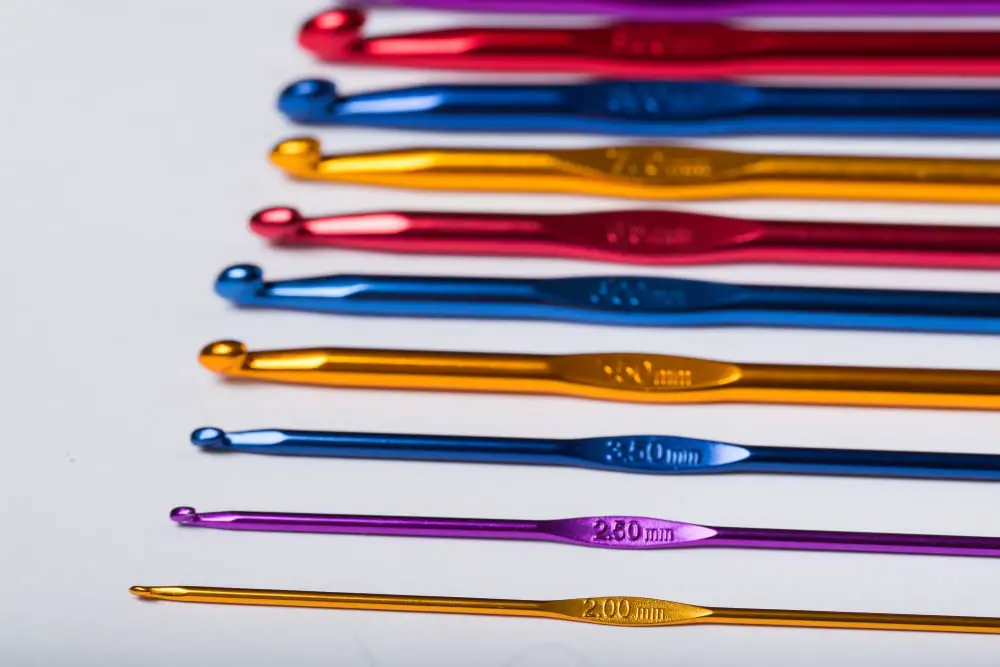
Ideal crochet tools can play a significant role in controlling yarn twisting. By considering the following factors, you can select tools that will make your crocheting experience smoother.
1. Hook size: This depends on the yarn weight and the pattern you’re using. An unfit hook may lead to unnecessary tautness and lead to twisting.
2. Hook material: There’s a variety of crochet hook materials available including, aluminum, plastic, bamboo, and more. Each offers different levels of friction. Aluminum and bamboo hooks, for instance, are popular due to their grip on yarn, preventing it from twisting too much.
3. Yarn Bowls: These are designed to keep your yarn in place while you crochet. They have a smooth interior to allow the yarn to unravel easily and reduce the chances of twisting.
4. Swifts and Ball Winders: They help to maintain consistent tension in your yarn, which ensures an even stitch and prevents twisting.
Remember, the objective is to find what works best for your crocheting style. Some trial and error might be needed to find the perfect fit for you.
Practical Techniques to Keep Yarn From Twisting
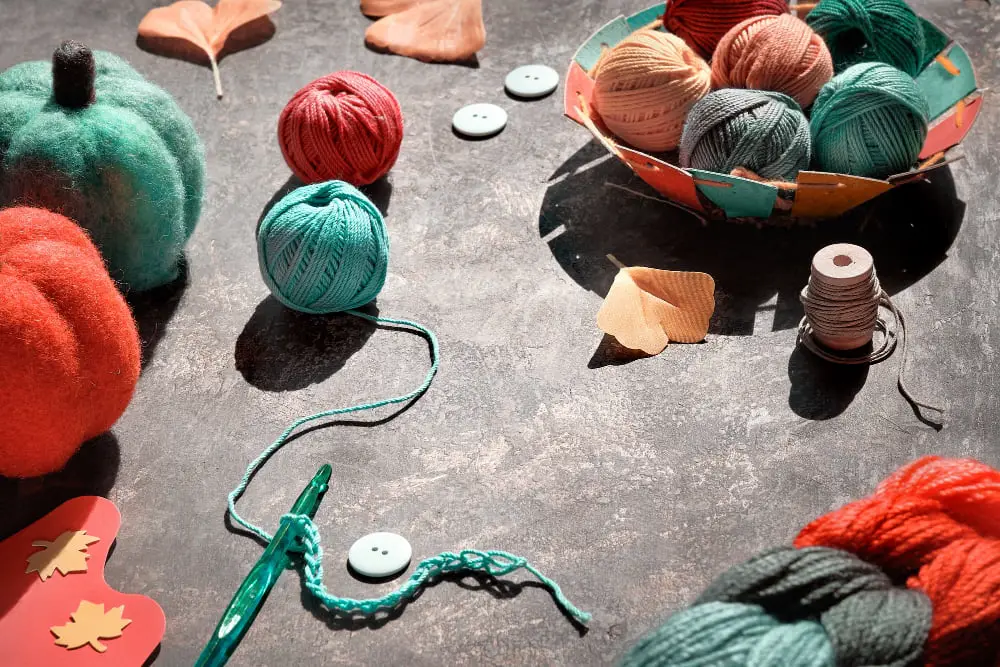
1. Maintain Tension: Consistent tension provides control over your yarn. Having too little can cause the thread to twist and knot. Maintain a firm but flexible hold to keep your yarn uniform and twist-free throughout the project.
2. Use a Yarn Bowl: A yarn bowl or a container designed to hold your yarn can help prevent it from tangling and twisting. Position the yarn in a way that it unravels straight into your hands without adding unnecessary twist.
3. Work Directly from The Skein: Some crocheters prefer working directly from the skein or yarn ball. This method lessens the chances of adding additional twists as the yarn naturally unwinds in a counter-clockwise direction.
4. Relax Your Hands: Strained hands tend to grip the yarn too tightly which can result in yarn twist. Take regular breaks and gently massage your hands to keep them relaxed and to keep your yarn free from unwarranted twists.
5. Switch Turns: If you notice the yarn starting to twist, rotate your work alternately in opposite directions after every few stitches. This helps evenly distribute any built up twist across a greater length of yarn.
6. Use Hooks With a Handle: Hooks with a flat handle can reduce the need for excessive finger movement, effectively preventing yarn twisting and tangling when crocheting.
Importance of High-quality Yarn for Crocheting
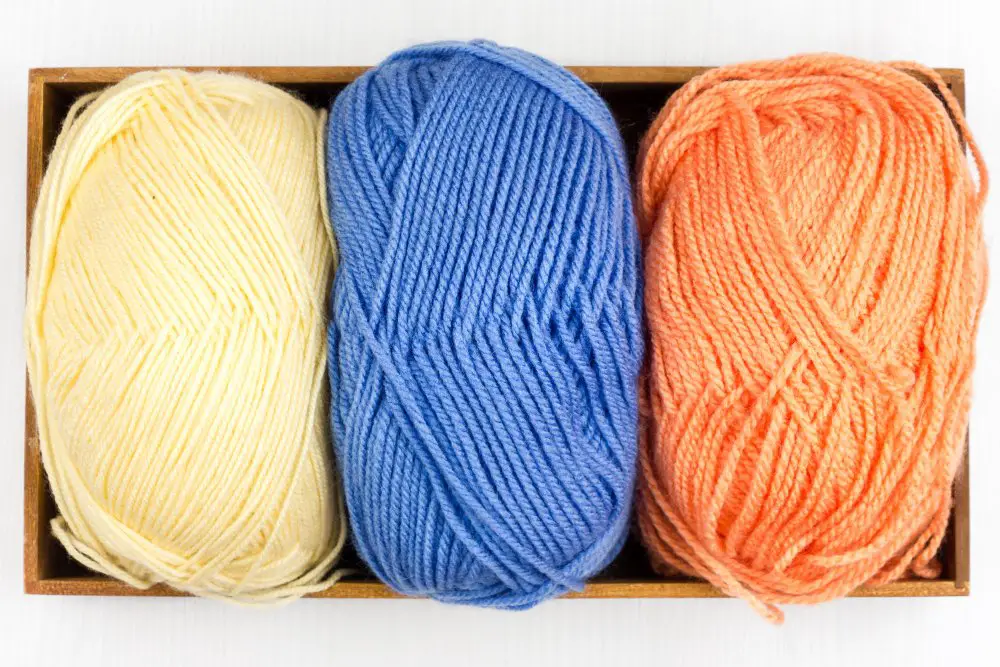
Opting for high-quality yarn can be a game changer in your crochet work. Firstly, superior yarns have better integrity, ensuring less chance of fraying, snapping, or twisting during the crochet process. This minimizes interruptions and potential frustrations.
Notably, high-quality yarns often provide smoother texture compared to their lower quality counterparts. Such smoothness allows for easier manipulation and control, significantly reducing the likelihood of unwanted twisting.
Lastly, they tend to display more consistent color and texture, enhancing the overall appearance of the finished crochet product. Remember, investing in good quality yarn is a commitment to higher crafting standards. It can make a significant difference in addressing challenges, such as yarn twisting, creating more enjoyable crochet experiences overall.
Maintenance Tips for Your Crocheting Tools
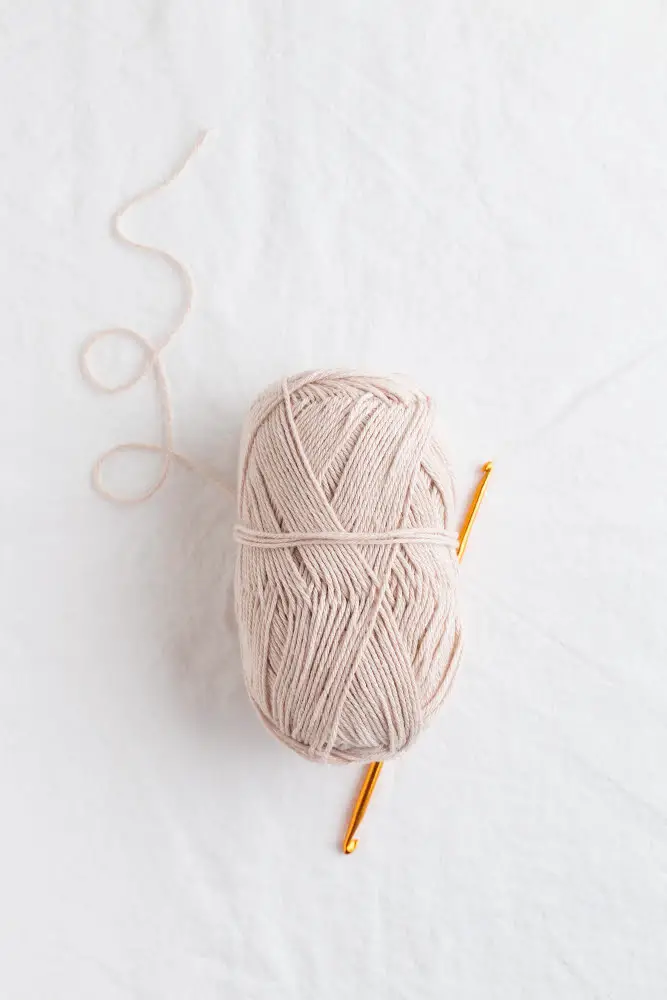
Keeping your crochet tools in top shape can drastically help minimize yarn twisting. Caring for your tools doesn’t need to be complex. Let’s delve into some practical tips:
1. Regularly Clean Your Hooks: Dust, dirt, and debris on your hooks could cause your yarn to snag and twist. Gently clean them using a soft cloth and a mild cleanser, then dry thoroughly before use.
2. Smoothen Your Crochet Hooks: Rough edges on crochet hooks can make the yarn twist as you work. You can smoothen the surface of wooden or bamboo hooks using a very fine sandpaper.
3. Ensure Hook Size Corresponds with Yarn Weight: Working with an incompatibly sized hook may cause unnecessary tension in your yarn, leading to twisting. Always use a hook size recommended for your specific yarn weight.
4. Avoid Using Damaged Tools: Bent, rusted, or otherwise damaged crochet hooks can disrupt the smooth flow of yarn through your fingers, causing it to twist.
5. Organize Your Tools: Disorganization may result in unnecessary handling of yarn, which can contribute to twisting. Keep your crochet tools tidy and within easy reach while working on a project.
By adopting these simple steps, you can eliminate potential causes of yarn twisting and make your crochet experience seamless and enjoyable.
How to Untwist Yarn During the Crochet Process
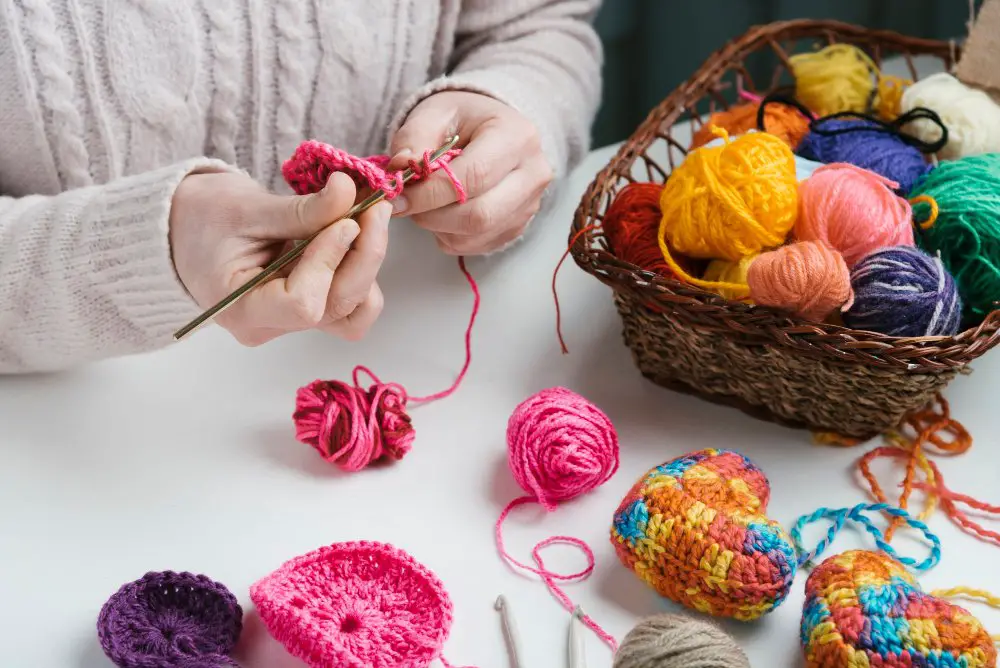
Continuing with the process of untwisting yarn, the easiest method lies in taking preventative steps rather than dealing with a tangled mess. When untwisting starts to occur, simply allow the crochet hook to hang and spin naturally – the yarn will untwist itself.
Another option is utilizing a technique called “dropping the yarn”. This involves letting go of the yarn every few stitches and allowing it to relax. Consequently, it alleviates any built-up tension that could lead to twisting.
Furthermore, be vigilant and mindful while working your stitches. Pay attention to the tension and adjust your grip and hook positioning as needed to combat the onset of a twist.
Remember, practice is key. The longer you crochet, the easier it will be to keep your tension consistent and avoid yarn twisting.
Effective Yarn Handling Methods to Prevent Twisting
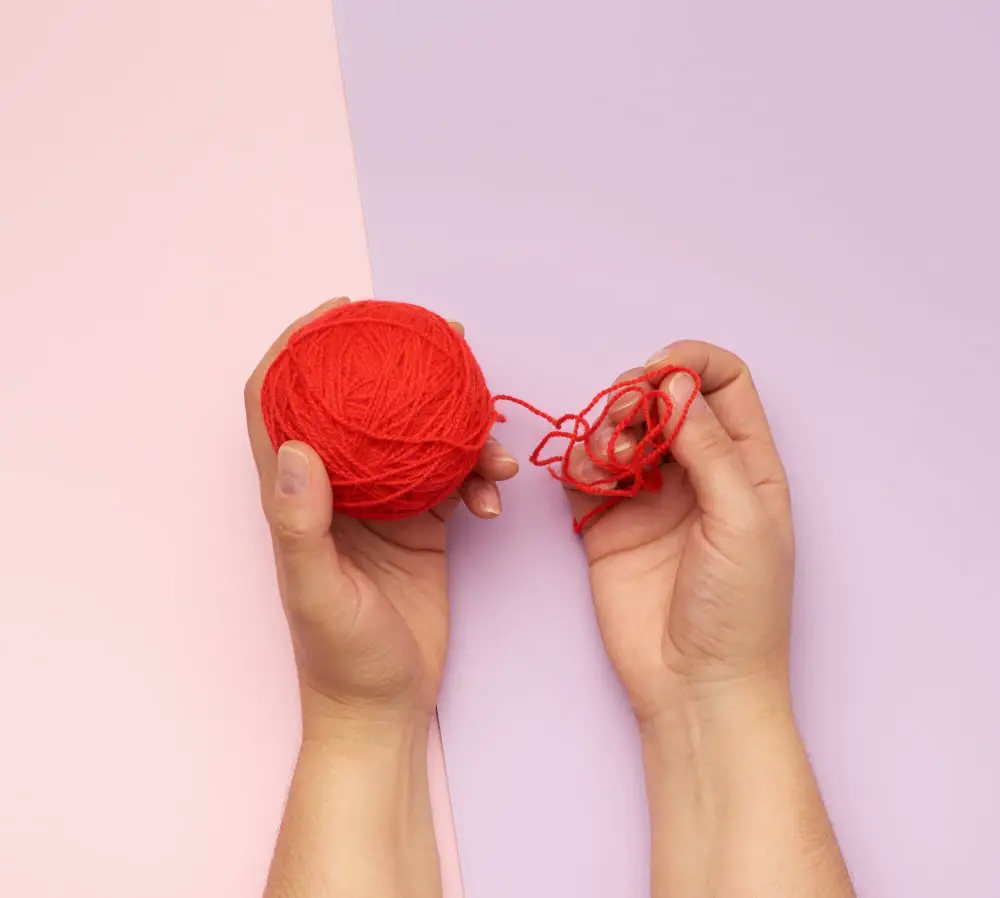
1. Always Pull From the Correct End: Yarn balls have two ends, and it matters which one you pull from. Utilize the end that’s tucked inside the ball or skein, this can minimize twisting.
2. Learn to Drop the Yarn Occasionally: Allowing the yarn to unwind itself automatically helps when it starts to twist excessively. Just drop the working end and give it a chance to untwist.
3. Grasp Loosely, Not Tightly: It’s vital to maintain a relaxed hold on your yarn when crocheting. A grip that is too tight may induce unnecessary twist.
4. Use a Yarn Bowl: A yarn bowl can keep the ball from rolling around, reducing uneven tension and subsequent twisting. These bowls offer a smooth path for the uncontorted yarn to flow freely.
5. Yarn Placement Matters: Positioning your yarn below your work helps in keeping the twist minimal. So, ensure to place your yarn in such a way that it streams up into your hands instead of down.
A steady practice of these techniques makes them become second nature over time, simplifying your crocheting process.
FAQ
How do you keep yarn from twisting up?
To prevent yarn from twisting up, pull from the center or outside of the skein or ball, depending on the yarn’s quality, thickness, and material.
How do you keep yarn organized when crocheting?
To keep yarn organized when crocheting, it is recommended to contain each ball of yarn in its own separate, nearly closed bag, especially when using multiple strands for a project.
Why does my yarn keep twisting while knitting?
Yarn twist during knitting usually occurs due to rotating the work after every row, which can be prevented by either repositioning the yarn balls post every row to untwist them or by alternately turning the work clockwise and counterclockwise after each row.
What techniques can prevent yarn tangling when working on multiple color crochet projects?
Using yarn holders or dispensers, winding individual color threads into smaller balls, and arranging them in the order of usage can prevent yarn from tangling when working on multi-color crochet projects.
How does yarn weight and type influence its tendency to twist during crocheting?
The yarn’s weight and type significantly influence its twist during crocheting because lighter or bulkier yarns require different tensions and certain materials, like silk or slick synthetic fibers, are more prone to twisting than woolen or cotton yarns.
Are there any tools or aids to help keep my yarn from twisting while knitting or crocheting?
Yes, tools like yarn bowls and yarn spinners can help keep your yarn from twisting while knitting or crocheting.
